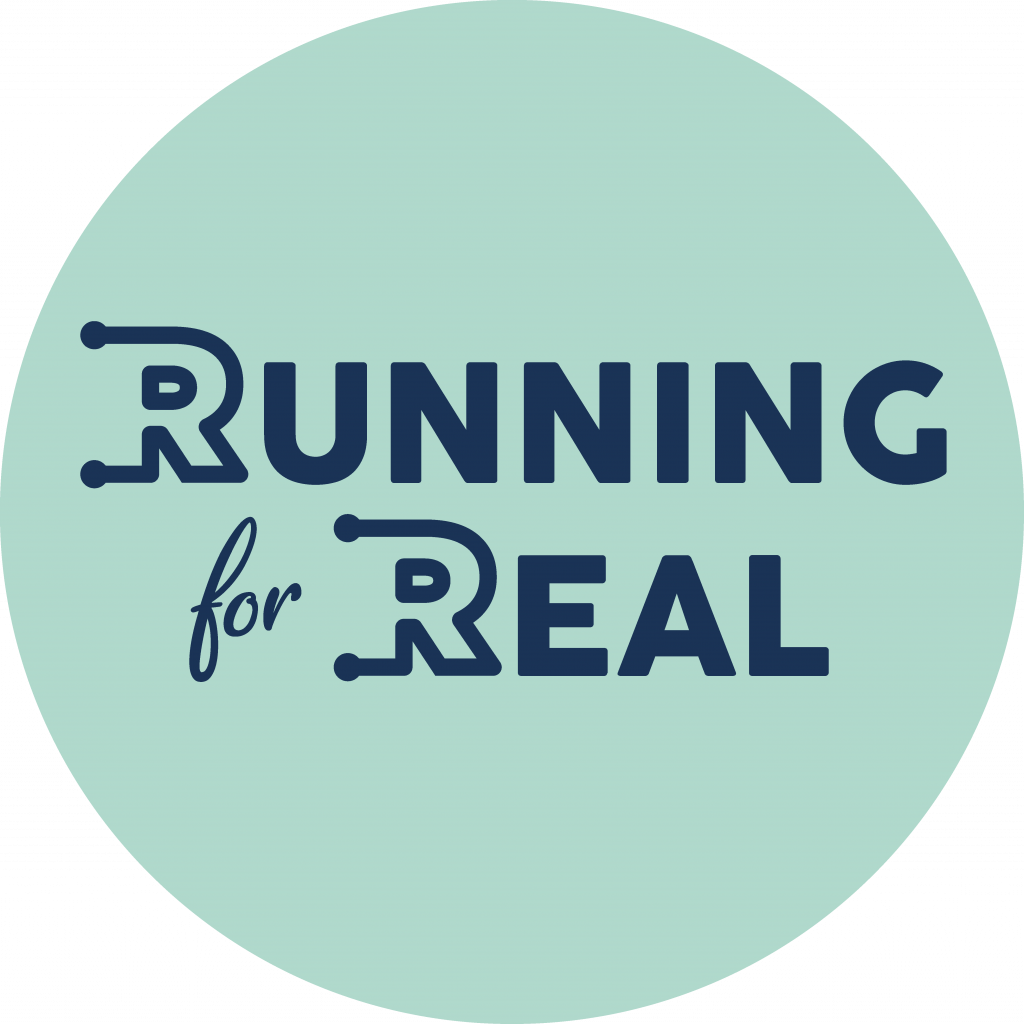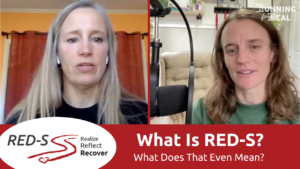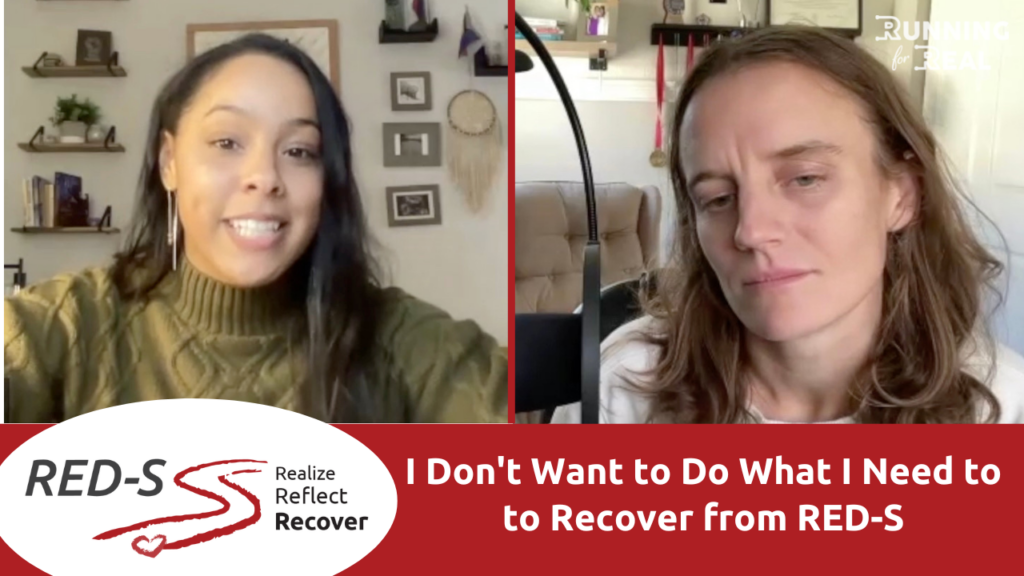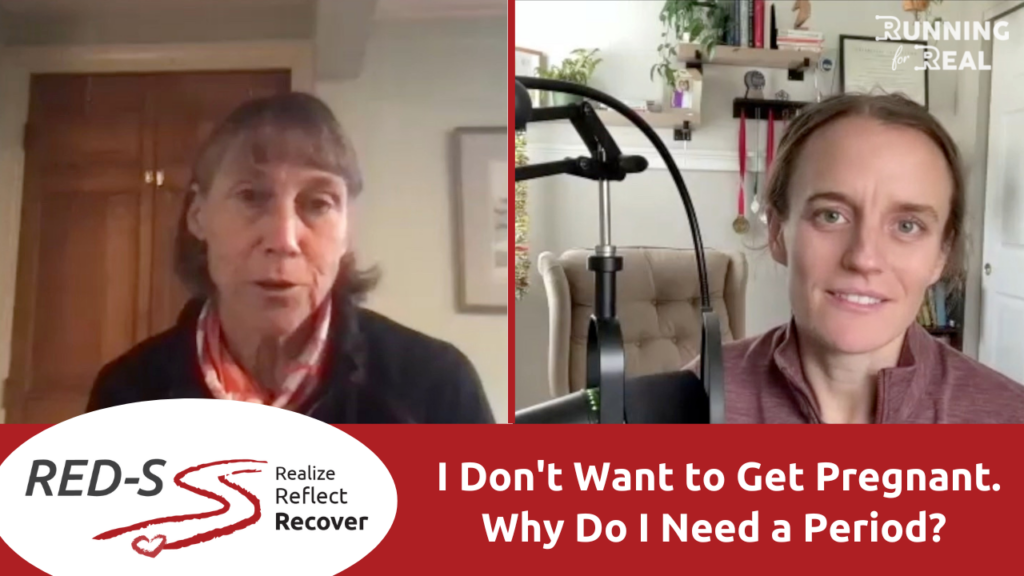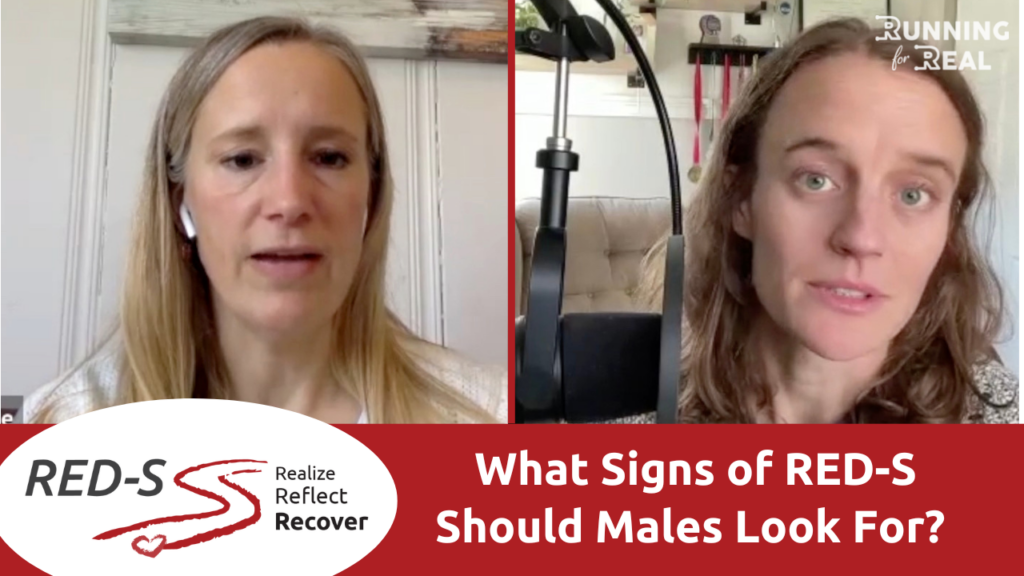Maybe you haven’t lost your menstrual cycle completely, but you only get your period a few times a year. Is that enough? No, it’s not, and that’s partly for what may be an unexpected reason – bone health.
There are several reasons, discussed in other videos, why RED-S / REDs (Relative Energy Deficiency in Sport) results in amenorrhea. But one factor is a low estrogen level, and estrogen plays a major role in forming bone. Dr. Jennifer Gaudiani explains the process by which bone cells are created and removed, and how that’s linked to your period.
The same fundamentals apply whether your body isn’t producing estrogen due to under nourishment or to menopause. Dr. Gaudiani shares advice on when you should have a DEXA (bone density) scan, and the markers that you need to look for, depending on your age.
Read the transcript
[Tina] My period is still happening a few times a year. Is that enough?
[Jen] It’s almost certainly not enough if your period is just happening a few times a year. The fact is, that a really healthy, well-functioning endocrine system is going to have you ovulate and then have a period pretty much once a month. Now, if you’re a 12-year-old who just got her period, we tolerate a little irregularity, but if you’re a 16-year-old, even if you have a long family history of people who get their periods a bit later, probably we’re in hormone imbalance and there’s a reason why that really matters. That is, the same hormone state and the same RED-S state that’s impacting period appearance is also impacting bone density.
So let’s take somebody who’s younger than 20 and who has irregular or absent periods. In this case, irregular. Probably the thing that’s making their periods irregular is a double issue, where you’re not nourishing enough and so therefore your estrogen dips down at least some of the time. That leads to the intermittent periods, but what those same forces are also doing are having a major impact on your bone density. Inadequate nourishment doesn’t allow us to form bone, and inadequate sex hormones make us resorb, or take away, the bone density more frequently. So when we think about someone who’s post-menopausal, they’re nourishing fine, so they’re still making bone, but they don’t have estrogen anymore so they’re slurping their bone density away.
With RED-S or anorexia, we have a twofer. We’re not making bone and we’re resorbing bone faster. For somebody who’s under 20, we actually only have about ten years of our lives, between 10 and 20 years old ,when we are putting down the bulk of our bone density. It’s 20, and sometimes for men it’s more like 22, 23, but generally for people assigned female at birth, it’s going to be 20 years old. And so, when that window closes, you’ve pretty much got the skeletal strength you’re gonna then take until the day you die. Now, bone continues to be made and resorbed, made and resorbed, the rest of your life, and we’ll get to that in a second, but if you don’t really mineralize your skeleton before age 20, you’re going to have problems with bone density the rest of your life.
And to the extent that that seems a little theoretical, like, “Bone density, do I really care?” there are a couple of things that should make you care. One of them is the likelihood of getting injured. If you have fragile bones, then you are much more likely to get stress fractures that are going to keep you out of your sport for months at a time. You’re also more likely to have a traumatic fracture, so if God forbid, you’re in a car accident or a ski accident, you may have much worse injuries than you would have otherwise with strong bones. In addition, softer bones, especially along the spine, which are most affected by this process, don’t just squish down consistently across the length of the spinal bone. In fact, they squish down forward, so that people will end up with what’s called “kyphosis,” or a permanent curvature in the top of the back that is impossible to fix. You can’t just sit up straighter to fix that; the bones have crunched forward. That’s very painful and it also allows poor lung capacity to do sport.
Now, if one is older than 20, you’re still talking about that form, resorb process, so let’s say hopefully you really had a great skeleton density put down before age 20. You had normal periods, you nourished properly, rested. After age 20, if you’re not nourishing properly and you have only intermediate or irregular periods, then the likelihood is that you’re absorbing bone faster and you’re not making bone and so people can end up with serious osteoporosis at quite a young age.
[Tina] Thank you, and for someone like, “Hello!”, who maybe has had that period of where you weren’t taking good care and maybe resorbing a lot more than you should be, for someone who’s panicking right now, what would you say to that person who maybe has had a period, like mine was nine years, where I was not functioning correctly?
[Jen] The earlier that one begins to take care of oneself again, the better, and the way in which your bones respond to that are going to be somewhat genetic, but as soon as you say, “Okay wow, I’ve just realized things need to change,” and you begin doing better rest days; better nourishment; maybe allowing your body weight to come up, if that’s relevant; maybe not, if it’s not relevant; the sooner your bones will get the message, “Okay, let’s start working again,” because your body doesn’t keep a grudge. It’s ready to work so beautifully for you if it’s given half a chance, so the way that we know how any given person’s unique body is responding, is you get a bone density test, called the DEXA scan, every two years, and it’s important to recognize that radiologists actually often misread those which is like, “Oh, that’s alarming,” but people under 50 need to follow a Z score, not a T score. About half the times I get these back, I have to send it back and be like, “Nope, this person’s under 50. Please give me a Z score.”
And we have to remember as well, that the International Olympic Committee determined that the cutoff for abnormal bone density for an athlete under 50 is negative one. The general score is less than negative two, but for young athletes under 50, and doesn’t have to be professional athletes, it’s anyone who is doing regular athletics, the cutoff is less than negative one. So if one is under 50 and the Z score is less than negative one, it’s time to pay attention and be like, “Oh gosh, okay,” and if it’s not less than negative one, we don’t say, “Oh well, I guess I’m fine; I guess I don’t have RED-S,” you say, “Oh body, thank you for having such beautiful protective genetics; I will not taunt mother nature here anymore. I’m going to take this as a gift and I’m going to take really good care of myself.”
[Tina] Okay, I’m gonna do this right now.
[Jen] Yeah, exactly.
[Tina] We should all be doing this.Thank you so much.
check it out
Recovering from RED-S is hard. It’s even harder if you’re working through it alone. Even if you have professional support, they’re not available 24-7, and that can lead to going down search engine rabbit holes that have the potential to derail everything.
Our online resource, RED-S: Realize. Reflect. Recover, will answer all those questions swimming around in your head about recovery. It will give you the opportunity to connect with the experts you’ve come to know here, and to surround yourself with a community of others who are going through it too. THANK YOU! to Athletic Greens and Tracksmith for supporting this YouTube series and RED-S: Realize. Reflect. Recover.
Go to athleticgreens.com/reds to get five free travel packs of AG1 and a free one year’s supply of vitamin D3+K2 with your subscription!
When you go to https://tracksmith.com/tina and use the code TINA15 at checkout, you’ll get free shipping and Tracksmith will donate 5% of your order to Rising Hearts, the Indigenous-led nonprofit founded by Jordan Marie Daniels.
more about Dr G:
Dr. Jennifer Gaudiani, CEDS-S, FAED, is an internist who specializes in eating disorders. She practices from a deeply anti-diet, weight-inclusive perspective and partners with therapists and dietitians around the country to ameliorate medical roadblocks in patients’ recovery journeys. Her book, “Sick Enough: A Guide to the Medical Complications of Eating Disorders,” is for patients, families, and practitioners. You can find Jen at https://gaudianiclinic.com
